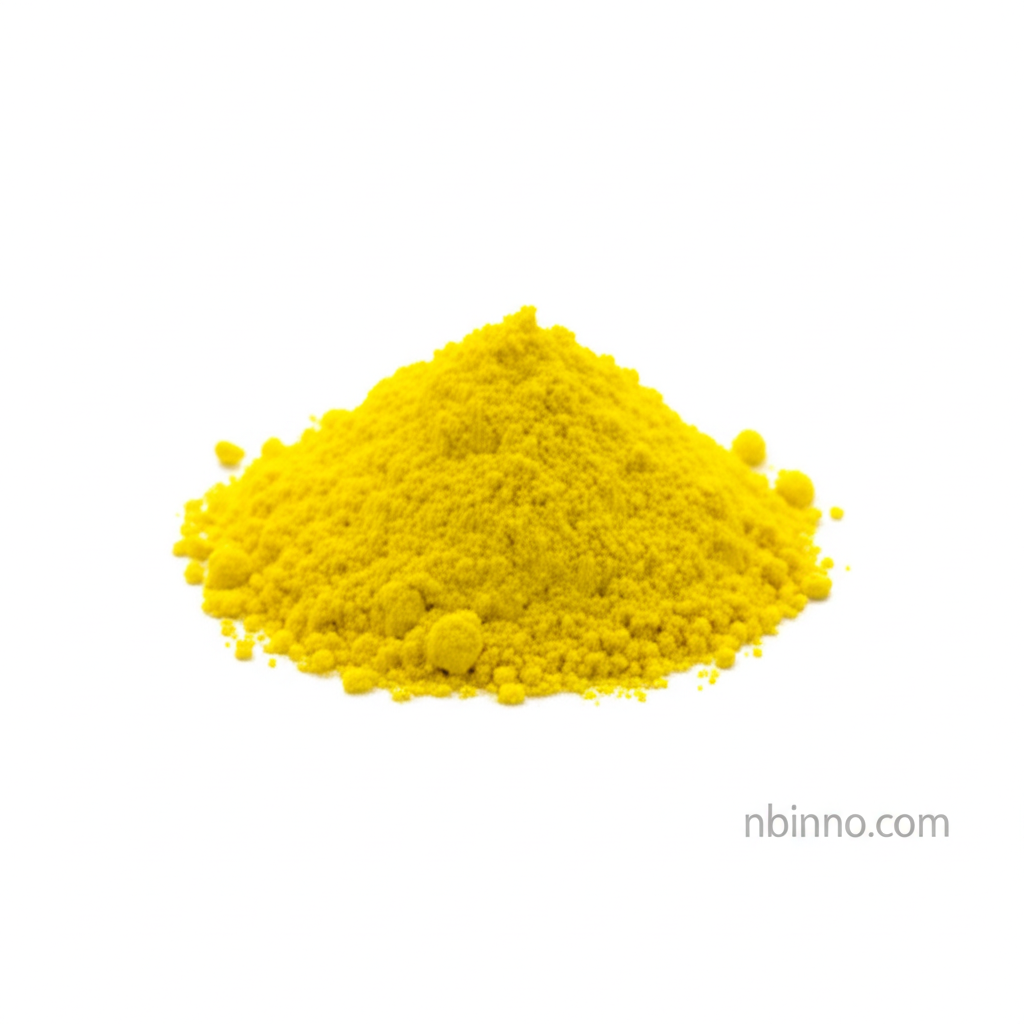Carazolol (CAS 57775-29-8): A Comprehensive Guide to its Properties, Applications, and Sourcing
Discover the multifaceted compound Carazolol, identified by CAS number 57775-29-8. This yellowish solid, with a molecular formula of C18H22N2O2, serves as a critical beta-adrenergic receptor antagonist. Explore its pharmaceutical applications, sourcing options, and understand why it's a key research chemical.
Get a Quote & SampleProduct Core Value

Carazolol
Carazolol is recognized for its high affinity as a beta-adrenergic receptor antagonist, playing a significant role in regulating physiological responses such as blood pressure and heart rate. As a trusted supplier in China, we provide high-purity Carazolol for critical research and development. We are a reliable manufacturer in China dedicated to delivering quality chemical intermediates.
- Explore the chemical properties of Carazolol, including its precise molecular formula C18H22N2O2, vital for accurate research applications.
- Learn about the applications of Carazolol as a beta-adrenergic receptor antagonist in various scientific studies and industrial processes.
- Access essential sourcing information for Carazolol CAS 57775-29-8, connecting you with reliable manufacturers and suppliers.
- Understand the importance of Carazolol in pharmaceutical research and its potential use in developing new therapeutic agents.
Key Advantages Provided by Carazolol
High Affinity Receptor Binding
Carazolol exhibits high affinity for beta-adrenergic receptors, making it a valuable tool for studying receptor interactions and developing targeted therapies. This characteristic is crucial when considering beta-adrenergic receptor antagonists.
Physiological Regulation Support
Its ability to reduce epinephrine-induced increases in blood pressure and heart rate positions Carazolol as a key compound for research in cardiovascular health. Understanding its mechanism is key for buying Carazolol CAS 57775-29-8.
Research and Development Utility
Carazolol serves as a crucial chemical intermediate for researchers and developers working on new pharmaceutical compounds. Its well-defined properties make it an essential component in various synthesis pathways.
Key Applications
Pharmaceutical Research
Carazolol is extensively used in pharmacological studies, particularly those investigating beta-adrenergic receptor activity and its implications for cardiovascular health. This aligns with its role as a pharmaceutical intermediate.
Veterinary Medicine
Formulations containing Carazolol have been utilized to mitigate stress in livestock during transportation, highlighting its broader applications beyond human medicine. This aspect is important for those looking to purchase Carazolol.
Chemical Synthesis
As a fine chemical, Carazolol is a valuable building block in complex organic synthesis, supporting the development of novel compounds with potential therapeutic benefits.
Environmental Studies
The detection of Carazolol in wastewater effluent makes it a subject of interest for environmental research and monitoring, providing insights into the presence and impact of pharmaceutical compounds in ecosystems.
